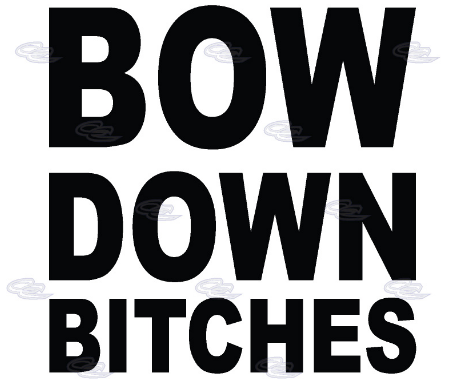Hey,
small pocket pairs have around 50% equity against BU-Range. We need ~27% raw equity against 2,5x BU open, means we can can check fold small pockets very often to realize our equity share in a maxEV way. Keep in mind that pockets have very nonrobust equity postflop if not hit the set and are often difficult to play (thats why you ask I think^^) thats why first question at the table should everytime be "fold > all?". If you know that, live is easy with small pockets.
Answer all your questions is difficult or needs super long post, because the real tree of questions to give an answer on every question should be:
Different boardtypes:
1.
Different stats on villain:
A. High flop Cbet + high turn Cbet
B. High flop Cbet + low turn Cbet
C. High fold to flopraise
D. Low flop Cbet + high fold to turn bet when skipped cbet
E. Low WTSD %:
F. High WTSD %:
2.
A
B
C
D
E
F
etc.
I am not the stat guy, I'll try to answer your question about the boards that you can use it at the tables and I'll roughly write about exploits, because you should use small pockets very often for exploits postflop because of bad equity.
Is there other stats that might be important when you make your decision?
My decisions depends on ranges and bordtexture primarily, you should think in the same way to get better in poker and not "wheee he fold against raises to much, I start spewing my little pockets on AKQ".
1. Tripple broadway: AKQ
x/f 100%
2. Double broadway: KT4
Depens on sizing, against really small sizes (1/3 for example, often see on higher stakes) you cant fold them, against "normal" or bigger sizing, just fold, you have enough hands to defend well in your range. x/r your sets.
No matter how villains stats looks like, this board is not good to exploit villain by doing anything but fold with pocket pairs, you have other hands, like 67s with backdoorflush to x/r and can call more weaker draws which beats bluffs if villain bets to much (but that wasn't the question).
3. Single broadway: Q37
Depends on sizing. 22 you can muck against 1/2 pot, 55 66 just call never raise, if you hit the set your are most likely ahead, if you hit your gut shot, well you have pair + gut shot and villain often spike another draw, to bluffbet, than you can raise to deny equity or just call because enough equity, should be slightly +EV but not great.
4. Paired: 558
I think you have to call all your pockets in equilibrium because equity is high and you'll fold to much if you play x/f. Here you can exploit a bit, if villain bets to much, especially highcards, you should x/r the weaker pockets more because the EV of x/r increase a lot, because villain has to fold a lot and you deny his equity with those hands, it's better than call more regardless of other stats, because all high-cardrunouts suck.
5. Raggedy: 294
Just call and if villain bets big, fold 33. The big difference between 942 and 855 is that villain can cbet recklessly on 942 because your range on that doesn't allow a super high x/r-frequency. Hard to explain, villain can defend more hands with robust equity on 942 (like A5, 65s, KQs with backdoors) but not on 855. Thats why you should't exploit a "too high" cbet-frequency here or just slightly, but do that with other hands, like T8s, which blocks defend-range, make better hands fold and can spike other bluffs and nuts on the river.
6. Coordinated broadway: 910Q
100% fold, no matter how bad villain play.
7. Coordinated middle: 679
Pockets mostly have two clean outs ---> set-outs, if the set outs are not clean, calling little pockets decrease in EV and become a -EV play very often. Like here, 22 > 33 or 44 on that board. If villain bets big, just fold all the pockets. Mabye it is okay to x/r from time to time as an exploit if villain bets to much.
8. Coordinated small: 234
Whee the best board for this group of hands obv. 22 33 44 make sets, just call or raise. 55 and 66 have good benefits in x/r, villain has to call weaker hands and will fold nice equity.









